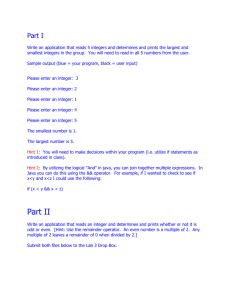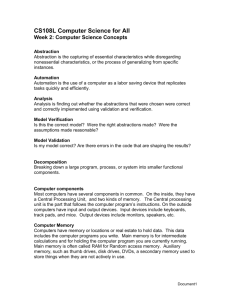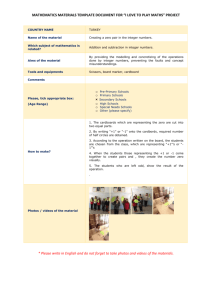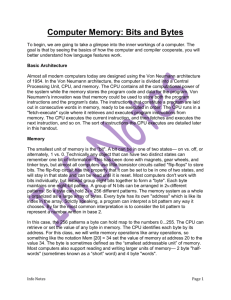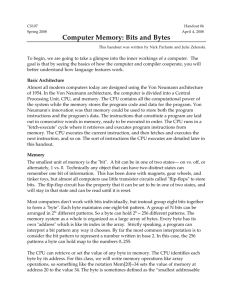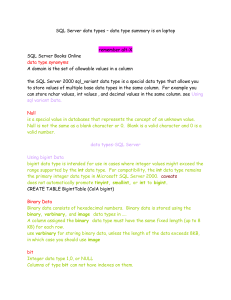Assignment 05
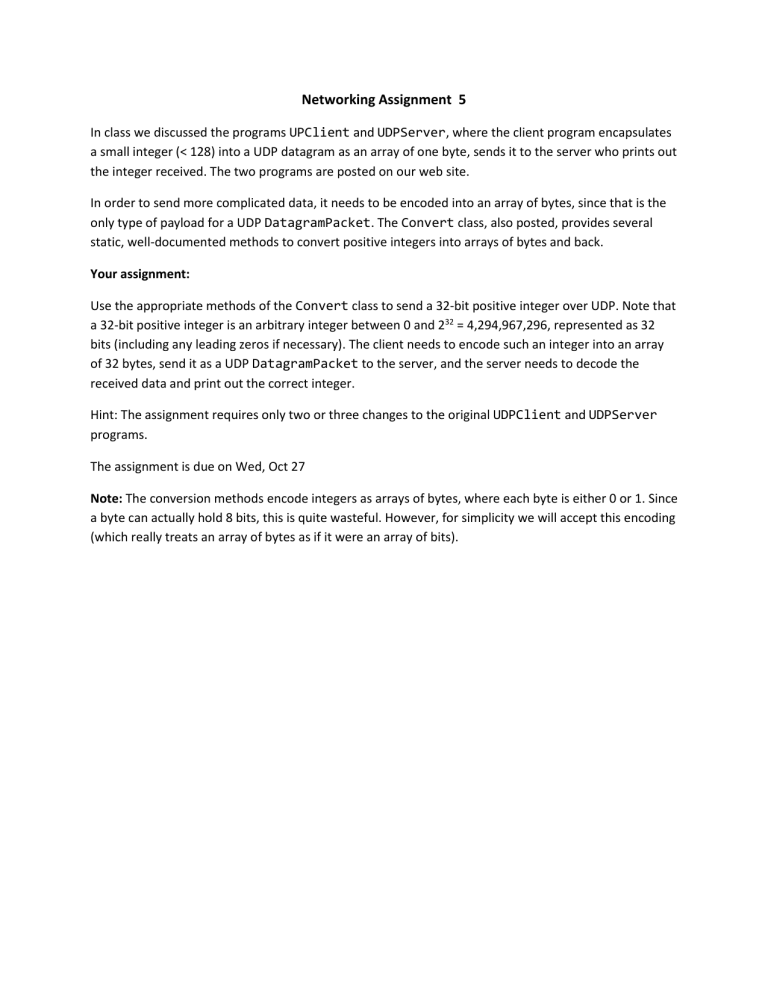
Networking Assignment 5
In class we discussed the programs UPClient and UDPServer , where the client program encapsulates a small integer (< 128) into a UDP datagram as an array of one byte, sends it to the server who prints out the integer received. The two programs are posted on our web site.
In order to send more complicated data, it needs to be encoded into an array of bytes, since that is the only type of payload for a UDP DatagramPacket . The Convert class, also posted, provides several static, well-documented methods to convert positive integers into arrays of bytes and back.
Your assignment:
Use the appropriate methods of the Convert class to send a 32-bit positive integer over UDP. Note that a 32-bit positive integer is an arbitrary integer between 0 and 2 32 = 4,294,967,296, represented as 32 bits (including any leading zeros if necessary). The client needs to encode such an integer into an array of 32 bytes, send it as a UDP DatagramPacket to the server, and the server needs to decode the received data and print out the correct integer.
Hint: The assignment requires only two or three changes to the original UDPClient and UDPServer programs.
The assignment is due on Wed, Oct 27
Note: The conversion methods encode integers as arrays of bytes, where each byte is either 0 or 1. Since a byte can actually hold 8 bits, this is quite wasteful. However, for simplicity we will accept this encoding
(which really treats an array of bytes as if it were an array of bits).




